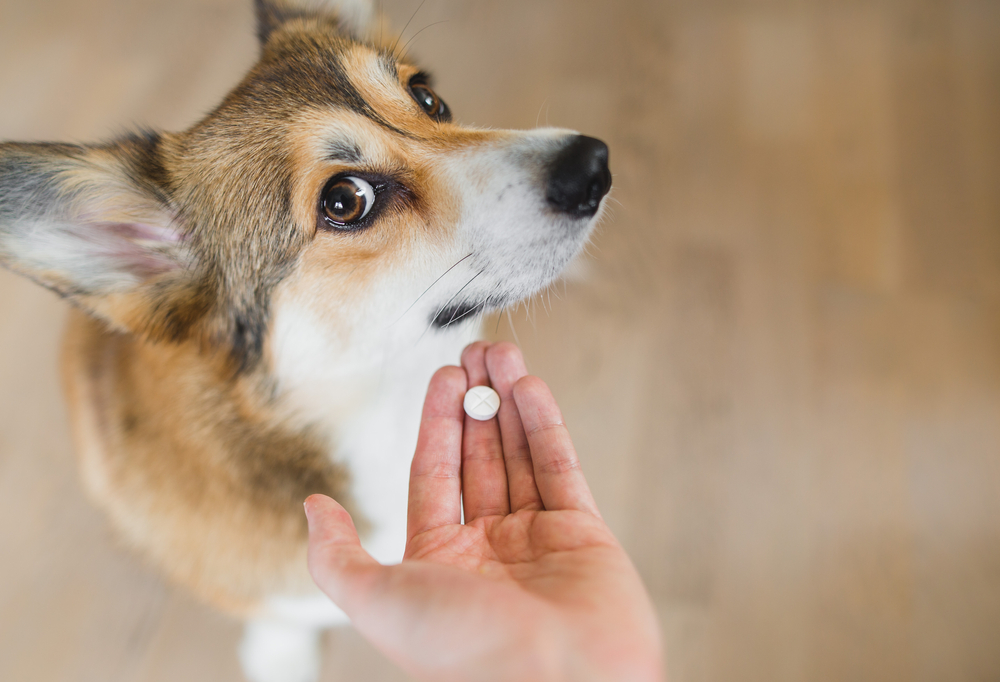Adorable Animals Captivating Cuteness in Nature! Explore the science of cuteness, its role in conservation, and why we can’t resist these charming creatures!

Adorable Animals Captivating Cuteness in Nature & the Science Behind It
The irresistible charm of cute animals like kittens or puppies can captivate almost anyone. But what exactly makes us perceive these creatures as cute? The concept of cuteness in animals largely stems from features that resemble those of human infants. Ethologist Konrad Lorenz proposed the idea of baby schema, which refers to traits such as a large head relative to body size, large eyes, small nose, and a rounded body shape.
Evolutionary Roots of Cuteness

Cuteness has evolutionary benefits for both humans and animals. For humans, responding to cuteness triggers care-giving behavior, crucial for the survival of infants. In the animal kingdom, this extends beyond the survival of offspring. For example, some animals mimic these features to evoke care and protection from other species, a tactic known as interspecies adoption.
The Role of Cuteness in Animal Behavior
Animals exhibit behaviors that enhance their cuteness to attract mates or attention. For instance, playful actions in dogs or the gentle bleating of lambs appeal to the cuteness factor. These behaviors can lead to better social bonds and increased chances of receiving care.
Neuroscience and Cuteness
Our brains are wired to respond to cuteness. The sight of cute animals activates the brain’s mesocorticolimbic system, responsible for reward and pleasure. This activation releases dopamine, a neurotransmitter associated with feelings of happiness. The neurological response not only enhances mood but also reinforces care-giving traits and empathy in humans.
Cuteness Overflow: Viral Animal Videos
The internet is teeming with viral videos of cute animals. It’s no surprise these videos are a massive hit, given the brain’s response to cuteness. A study found viewing cute animals improves concentration and performance, as the brain enters a focused state akin to nurturing behavior.
Impact of Cuteness on Conservation
Cuteness plays a significant role in wildlife conservation efforts. Animals perceived as cute are more likely to receive funding and public support for conservation programs. Species like pandas and koalas benefit from their appearance, drawing more attention than less visually appealing organisms.
Cuteness Bias: A Double-Edged Sword
While cuteness can aid conservation, it can also result in bias. Less adorable, but ecologically crucial animals may receive less attention and funding. This bias highlights the need for comprehensive strategies that involve wider ecological awareness, beyond visual appeal.
How Domestication Enhances Cuteness
The process of domestication has enhanced cuteness in many species. Over generations, humans have selectively bred animals to amplify baby-like features and behaviors. Dogs, for example, have evolved from wolves to display friendlier, cuter characteristics, cementing their role in human society.
Domestication and Human-Animal Bonds

Domesticated animals, like cats and dogs, have evolved to communicate with humans effectively. Their vocalizations and facial expressions mimic those of human infants, strengthening the bond. This interspecies communication facilitates a deep connection, rooted in the perception of cuteness.
Cultural Variations in Perceptions of Cuteness
Different cultures perceive cuteness in animals uniquely. In Japan, kawaii culture celebrates cuteness widely, influencing fashion and media, and emphasizing features like smallness and innocence. Western cultures, while cherishing cute animals, may focus more on practical traits like intelligence or companionship.
Cuteness in Wildlife Tourism
Cuteness significantly influences wildlife tourism. Animals such as sloths or penguins attract millions of visitors annually due to their appearance and behaviors. However, this popularity can lead to over-tourism, stressing animal populations and habitats, signaling a need for balanced tourism practices.
Artificial Intelligence and Cuteness
Developments in AI have allowed the creation of hyper-realistic animal images and videos that enhance cuteness. These AI-generated visuals are designed to exploit the baby schema, engaging viewers on digital platforms. This technology challenges our perceptions and raises ethical considerations about authenticity.
The Future of Cuteness in Digital Media
As digital media evolves, so does the portrayal of animal cuteness. Platforms leverage cuteness to engage audiences, fill emotional gaps, and build communities around shared admiration for adorable animals. Future technological advances will continue to shape how we experience cuteness in the digital age.
